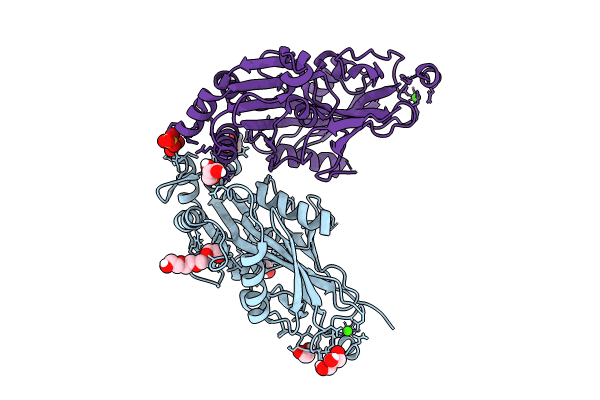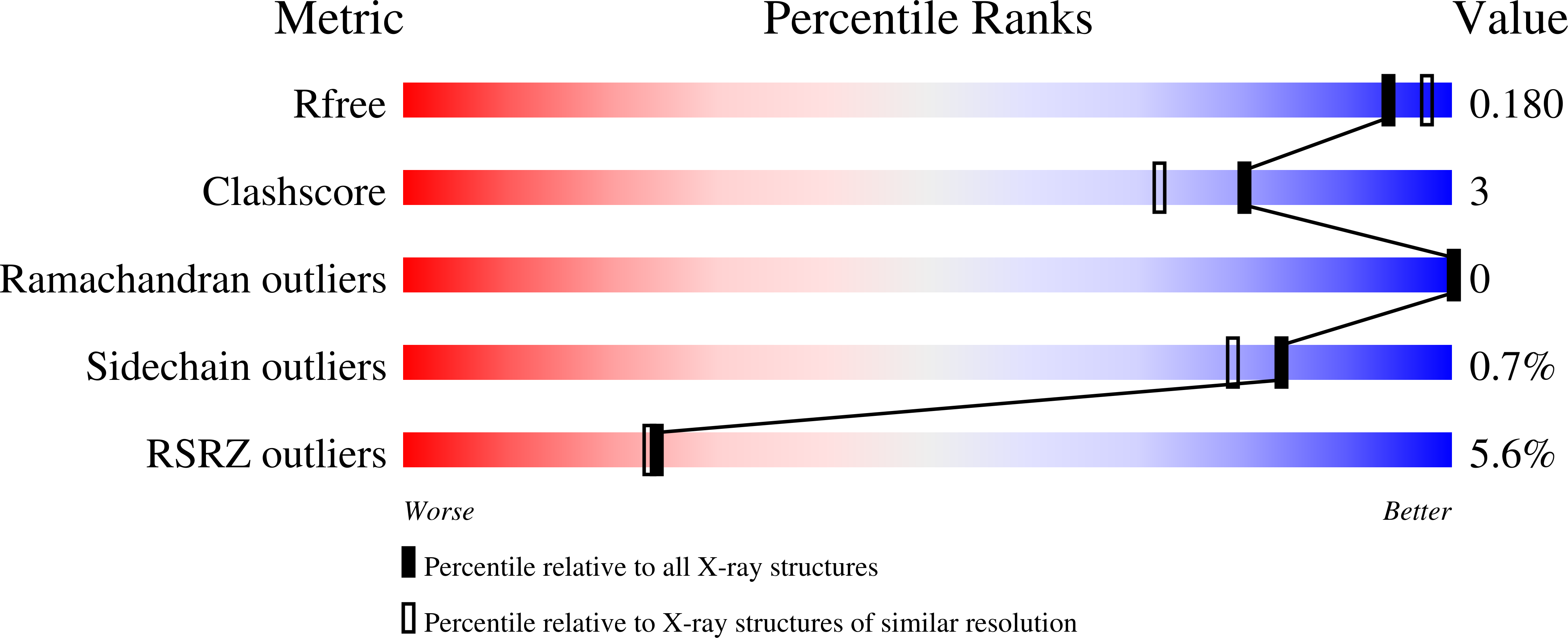
Deposition Date
2023-02-06
Release Date
2024-02-07
Last Version Date
2024-06-26
Entry Detail
Biological Source:
Source Organism:
Elizabethkingia anophelis Ag1 (Taxon ID: 1117646)
Host Organism:
Method Details:
Experimental Method:
Resolution:
1.85 Å
R-Value Free:
0.17
R-Value Work:
0.16
R-Value Observed:
0.16
Space Group:
P 32 2 1


